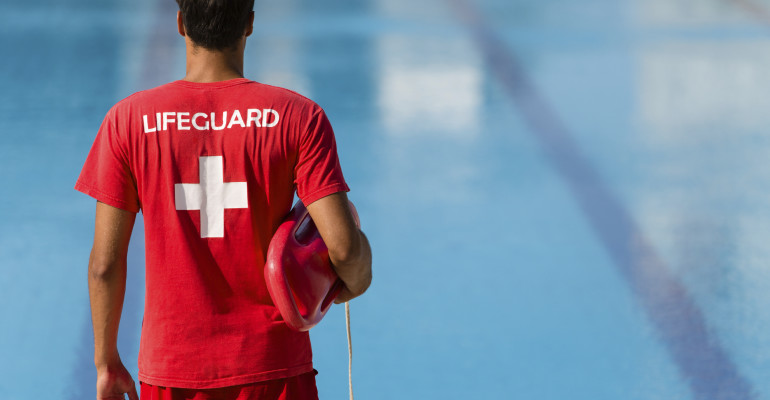| Drowning Prevention
We all hope that we will never have to face a drowning or near drowning incident at our swim club. However, the facts suggest that such accidents are quite common. Here are just a few sobering facts about drowning accidents in the United States.
Drowning Facts
So, as you prepare for the 2010 swim season, what can your club do differently or better this year to avert such a tragedy? One strategy could be a new or renewed focus on lifeguard vigilance.
|
| Lifeguard Challenges
It is very clear that every second counts in a drowning incident. The longer a victim is submerged, the greater the chance of permanent brain damage or death. If a lifeguard can spot a swimmer in distress within the first ten seconds of a drowning incident, and reach the victim to initiate aid within an additional twenty seconds, it is unlikely a drowning accident will occur.
A study, conducted in 2001, calculated how quickly lifeguards could spot a swimmer in trouble underwater. The study showed that on average, it took one minute and 14 seconds for lifeguards to spot a manikin that had been placed in the pool fully submerged. Lifeguards noted the presence of the manikin within 10 seconds in only 9% of the tests and in 30 seconds or less in 43% of the tests. In 41% of the tests it took over one minute and it took more than three minutes in 14% of the tests!
Another study, published in September 2001 by vigilance experts at the Applied Anthropology Institute in Paris, France showed the following regarding lifeguard vigilance:
It goes without saying that having properly trained and certified lifeguards posted at the poolside at all times is a must. The question is, are your club’s lifeguarding practices and procedures (or those of your pool management company) promoting or hindering lifeguard vigilance and their ability to spot a swimmer in distress in those first few critical seconds of a drowning incident? |


Comments are closed.